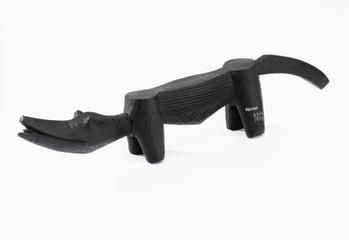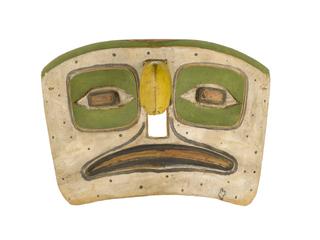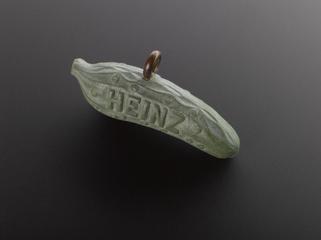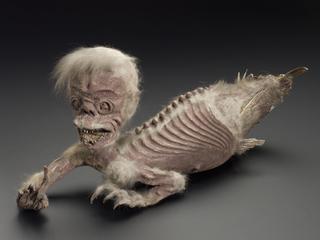
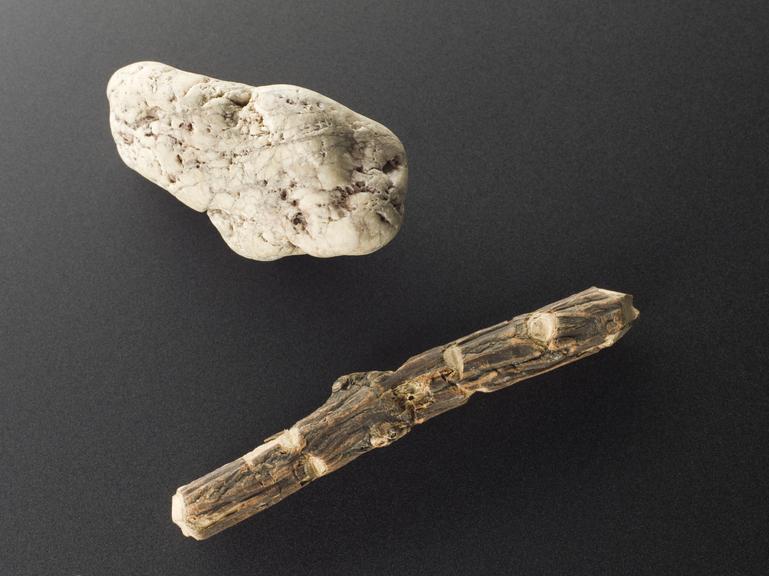
White stone, wart-like, used to rub on warts to cure them, from South Devon, 19th century
The growing influence of biomedicine in the 1800s did not necessarily replace established forms of treatment based on belief and superstition. What could be referred to as folk medicine – customs that often went back generations – continued to be practised. For example, this stone was rubbed over warts in the belief that the skin would be cured. (The pitted white stone looks like wart-covered skin.) There are probably more folk cures for warts than any other ailment. We now know that warts are caused by a skin infection and can be treated with ‘over the counter’ remedies or left to disappear naturally.
The stone was bought in 1930 from Edward Lovett’s (1852-1933) collection of British amulets and charms and is pictured with another folk cure for warts (A79894).
Details
- Category:
- Ethnography and Folk Medicine
- Collection:
- Sir Henry Wellcome's Museum Collection
- Object Number:
- A666080
- Materials:
- stone
- Measurements:
-
overall: 24 mm x 56 mm x 28 mm, .043 kg
- type:
- amulet
- credit:
- Loan, Wellcome Trust

